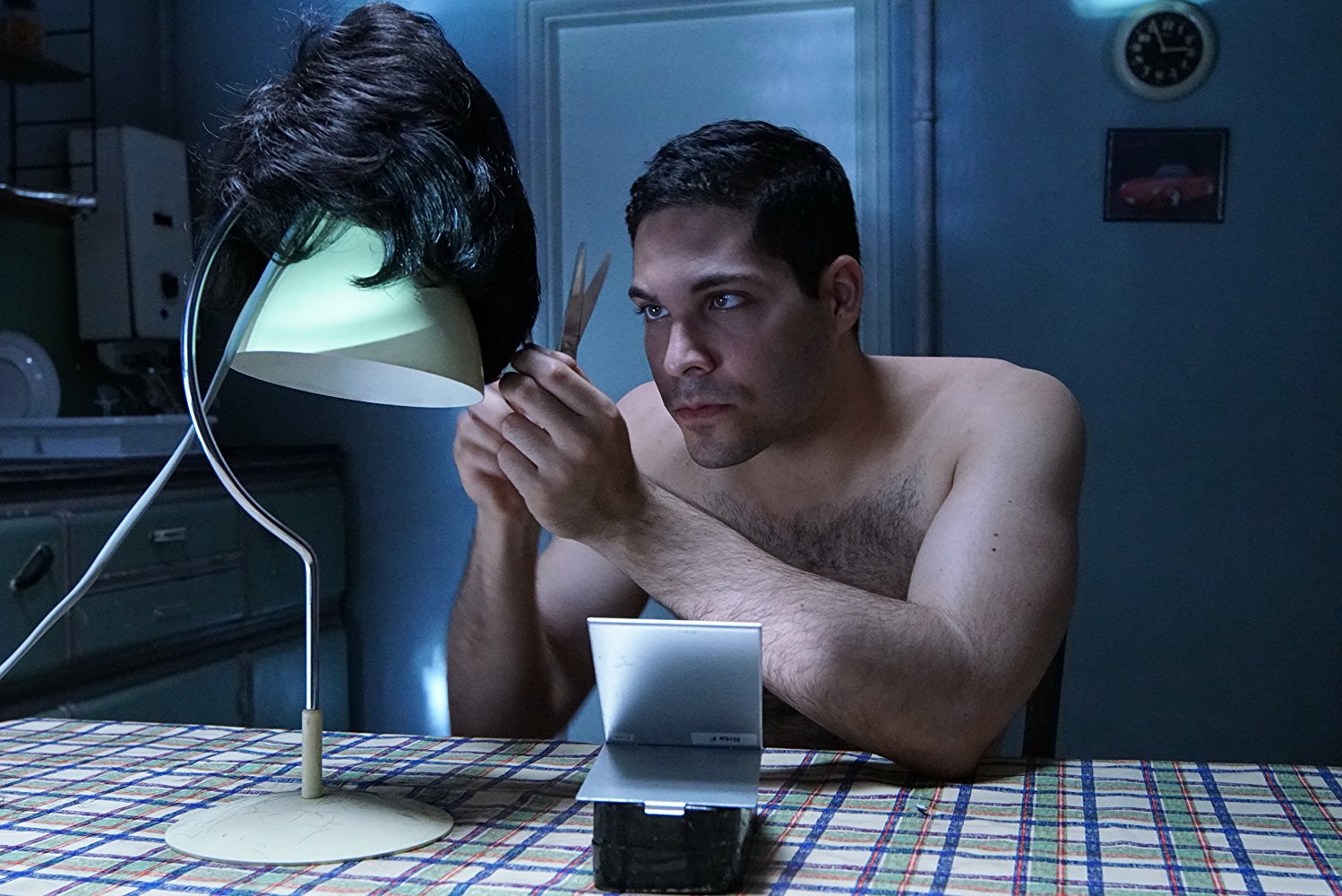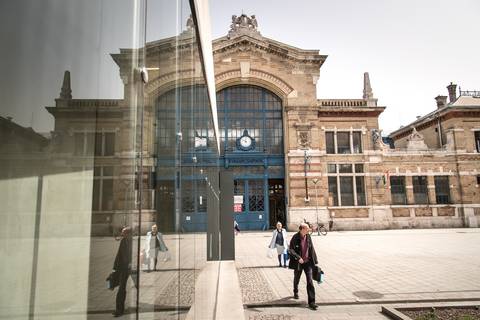The almost unbelievable story of Hungary’s Whiskey Robber is now immortalized in a new Magyar-made motion picture, currently showing with English subtitles around Budapest. The film tells the true life tale of Attila Ambrus, who became (in)famous for committing 30 bank robberies around Budapest in the ’90s, each after knocking back a glass – or two – of whiskey. The gentleman bandit who was always polite, never hurt anyone, gave flowers to bank employees and once fled a crime scene by diving into the Danube, played cat and mouse with the police for six years, becoming a folk hero in the process. More than 20 years after his misdemeanors, five after his release and in the wake of the new movie, Attila Ambrus is back in the limelight. WLB met him for a laid-back lunch.
As I enter a well-known eatery in downtown Budapest, a bright-eyed man is sitting in the gallery in a gray jumper and simple jeans, politely rising to greet me with a friendly smile, offering to take my coat. Now 50, Attila Ambrus is a charming and laid-back man at peace with his past. He chats away with a certain cheekiness that makes me understand straight away why he became so loathed by the authorities and so revered by everyone else back in the day – and still is.
The story is well-known to all Magyars and would stand its ground even in Hollywood. Born as a Hungarian into the dreaded dictatorship of Nicolae Ceaușescu in Transylvania, Attila Ambrus had a harsh upbringing full of humiliation. (Transylvania was part of Hungary until 1920, when it was annexed to Romania, leaving over two million ethnic Hungarians stuck on the wrong side of the border). He fell foul of the law from a very young age for committing petty theft. “Saying that I was kleptomaniac is an understatement. I took everything that wasn’t made of concrete,” Attila tells me.
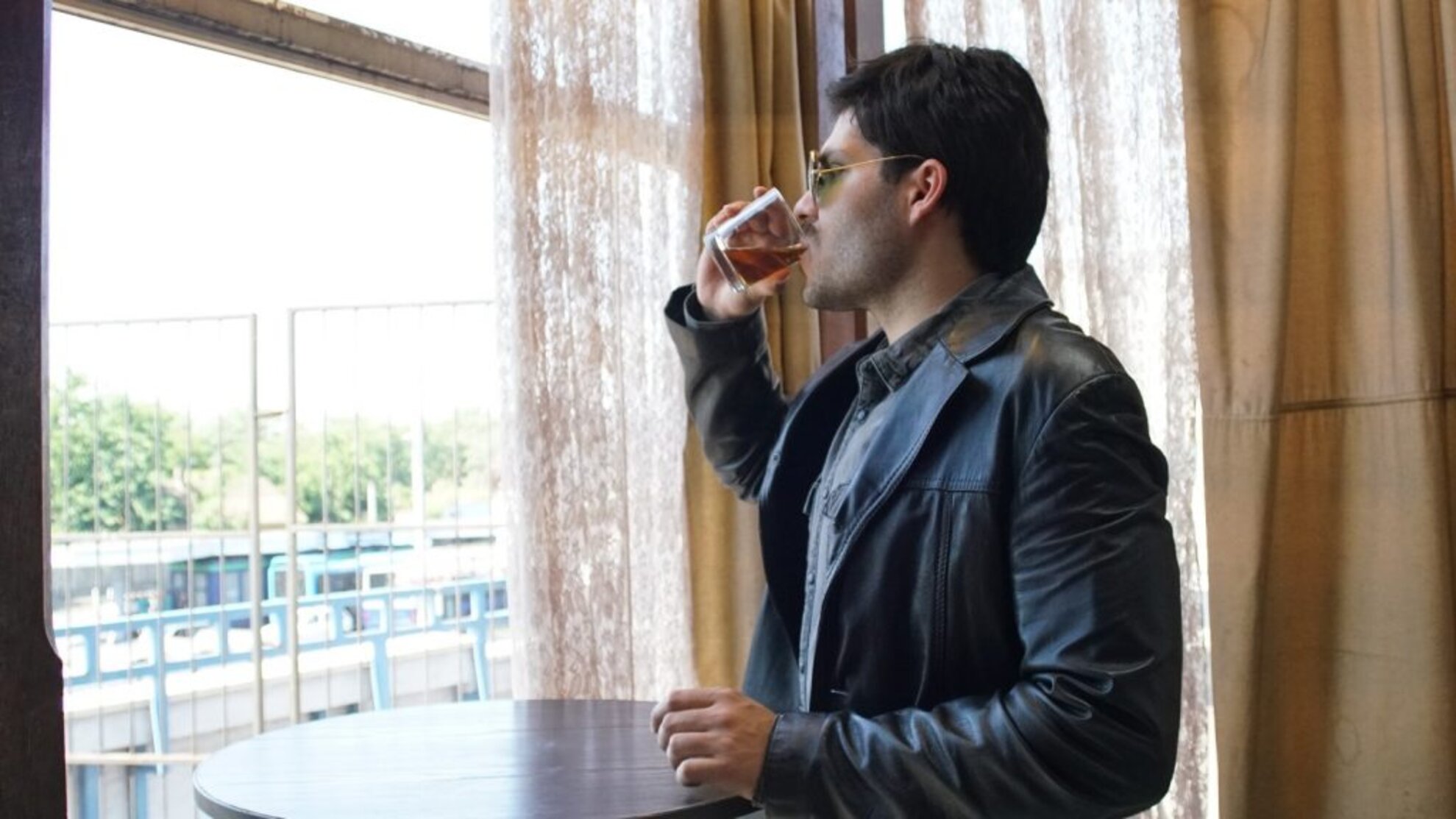
Flashbacks in the film only briefly touch on his past. “My upbringing was very tough. I was sacked from countless schools and got into heaps of trouble. It was really bad. But this couldn’t be featured in more detail in the film as I did not want to hide behind all of this. I did not want to suggest that people should feel sorry for me and be more accepting of what I’ve done.”
As we see in the film, in 1988, he illegally fled the country by holding onto the bottom of a freight train,and arrived in Hungary, a country balancing on the edge between Communism and capitalism. At first he took a variety of odd jobs, even grave-digging, before joining a professional hockey team as a janitor-cum-goaltender. However, the money he made was not enough and his dreams enticed him to turn his hand to bank robbery, starting with stealing cash from a small post office in 1993.
Enjoying his new-found wealth, he roamed carefree through the ’90s robbing banks, post offices and travel agencies in ridiculous disguises, squandering all the money on luxurious trips and beautiful women.“I've done a lot of crazy s*** for women... really...” For six years, his games of cat and mouse foxed and infuriated the authorities. The detective put on the case had to move office several times due to the groaning pile of case files on his desk. He, like Hungary, became obsessed with the criminal. “They even tried to look for me through crystal balls that tell the future,” laughs Ambrus now. All tolled, until his arrest in 1999, the Whiskey Robber stole some 142 million forints, the price of around 25 decent apartments in Budapest at the time. “I was basically saved by being arrested. I was addicted to the adrenaline and there was absolutely no way out of it.”
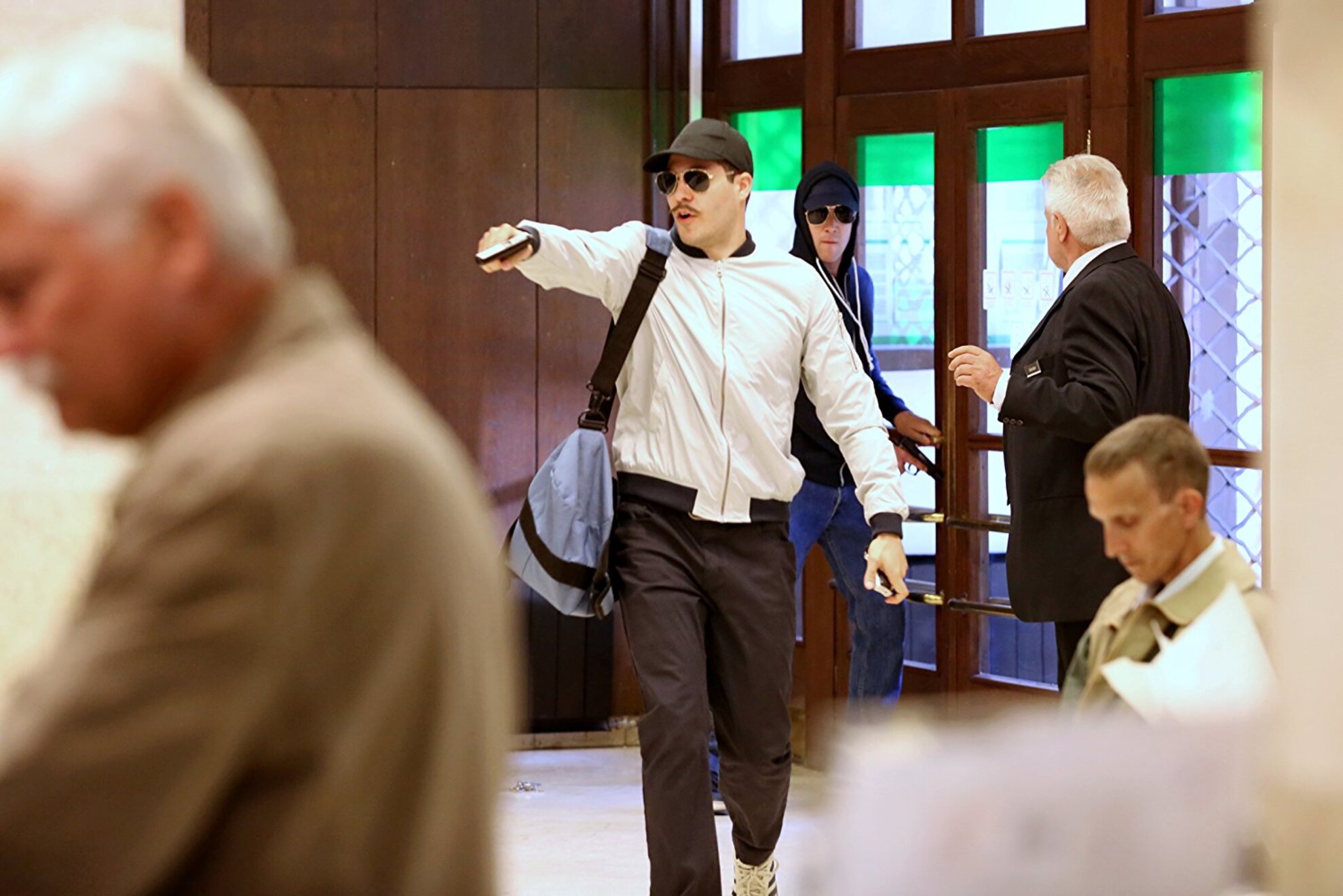
Ambrus was sentenced to 17 years in a maximum security prison. However, after a few months he escaped using a rope made of shredded sheets, electric cords and shoe laces. What followed was a manic manhunt – nobody had ever escaped from that prison before. In the end, Ambrus spent 12 years behind bars,released early for good behavior. In prison he graduated, took up ceramics as a hobby, and now makes a living selling his self-designed artwork – something referred to with a funny gag in the film.
During his time in prison, he was approached by a filmmaker who offered him hopes of making a major movie. It never happened. The director allegedly sold the story to Warner Bros. According to Ambrus: “I was paid $1000 and a pair of sneakers… were pretty good sneakers though.” Finally, after his release, Ambrus was selling his ceramics in the garden of the National Museum one day when Hungarian-American director Nimród Antal walked up to his stall. This is how the film made the silver screen.
Though Ambrus and Antal continuously spoke on the phone for two and a half years, discussing the past in detail, even going to Transylvania together, Ambrus wasn’t too involved in making the film. “I am not a filmmaker. It is best to leave it to experts and a good director. This wasn’t a documentary.” However, he often visited on set and spent time with the actor portraying him, Bence Szalay. “Bence is very young, still in school, and it is important to give young talent a chance. Plus, for a lead actor you need someone nice to look at. You wouldn’t want to stare at my old face for two hours, would you?”
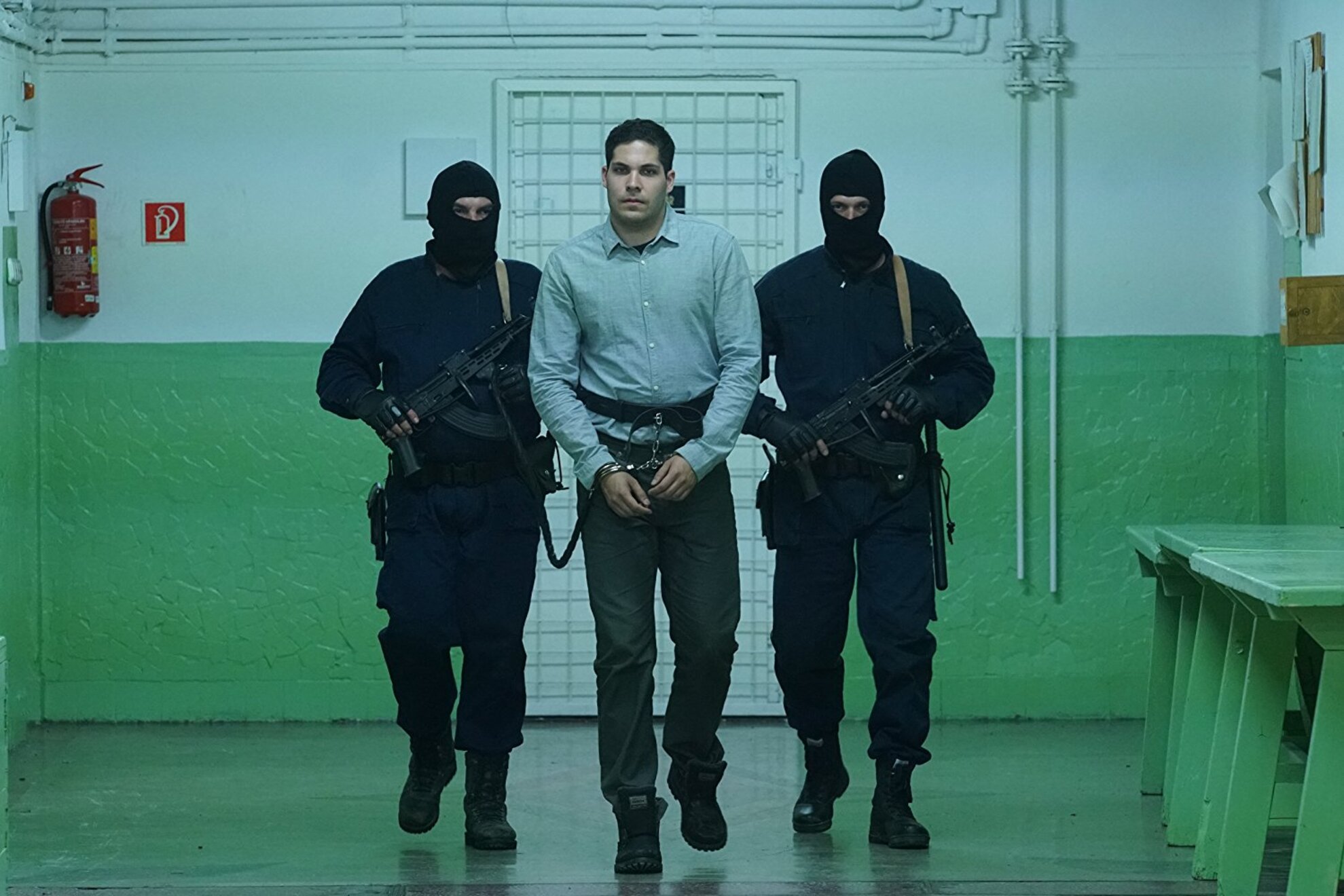
Those with an eagle eye can spot Ambrus himself in a bit part in the film. “Shooting that one scene took ages. I could have robbed ten banks in the meantime. I messed up so many times! I cannot learn a f****** sentence.”
The film, originally three hours long, has been edited down to 126 minutes. You see little of Ambrus carousing around the world but it doesn’t feel like you’re missing out. “I did not want to be an example for others. I enjoyed and loved the money, and all that came with it. It gives you real freedom, but mine is not an example to follow. I didn't want any kid to think that this is even close to the right thing to do. The only example I would want to set is that there is a way out from the depths I was in. I knew for sure that it was all going to come to an end, but ultimately anything can be taken away from you but your experiences. These experiences kept me going for 12 years behind bars, switching from memory to memory.”
And has Attila Ambrus taken his last shot? “I did what I did and I did my time for it. It doesn’t feel like I missed out. Now I’m beyond all of those childhood dreams. I do not care for expensive things anymore. I wouldn’t change my past. But if I would ever do anything silly again, I’d ask for a needle and thread, and sew my lips together.”
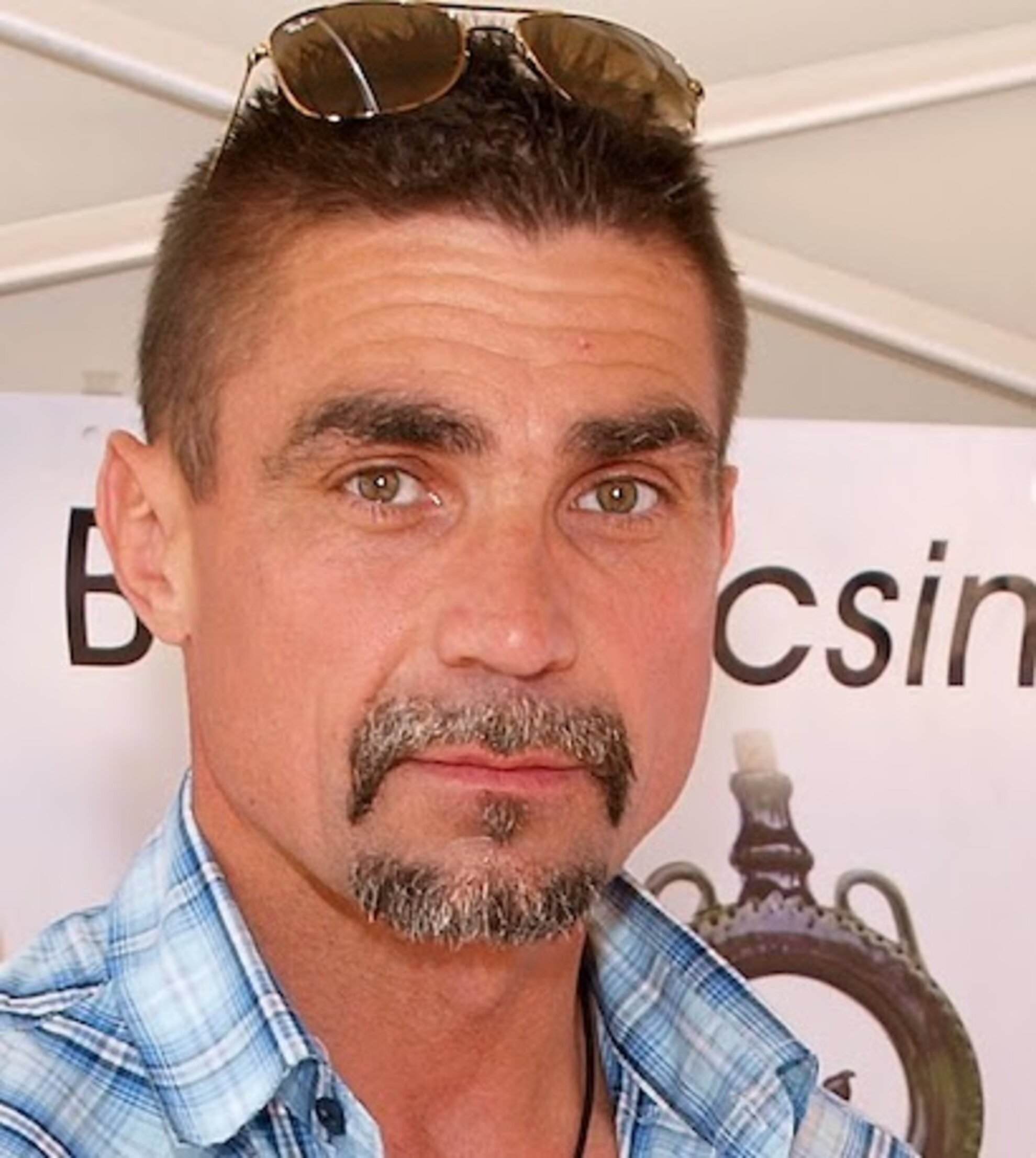
Before A Viszkis, the last feature Antal Nimród shot in Budapest was Kontroll in 2003, still one of the best Hungarian films to this day.A Viszkis was worth the wait, combining real entertainment with jaw-dropping action scenes. The film currently screens with original Hungarian audio and English subtitles at the Művész Cinema.
